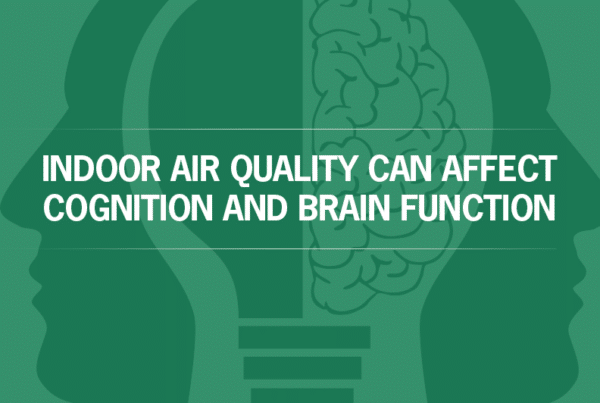08/30/2010 // Riverdale, NJ, USA // Camfil USA // Lynne Laake // (press release)
Each year, healthcare organizations spend more than $5 billion on their energy needs, including hospital HVAC performance, according to the U.S. Department of Energy. Heating, ventilation, and air conditioning (HVAC) systems account for the biggest slice of that pie – some 45 percent.
That’s a staggering –– and sobering –– statistic. But it also means that strategies that reduce HVAC energy spending can lead to substantial savings. So how do healthcare facilities unlock these reductions — while not compromising on performance or patient care?
One answer is to embrace an asset management strategy –– finding ways to get added value out of hospital assets, like the HVAC system. But there’s a complication. When looking at installing new infrastructure, or retrofitting older equipment, hospitals and other healthcare organizations tend to focus at what’s known as ‘first cost.’ How much is the initial acquisition of the system or part going to cost? Typically, they’ll base their requests for proposals (RFPs) completely around that first cost –– ultimately giving the nod to the vendor who presents the lowest upfront pricing.
Yet that upfront pricing tells just part of the story. HVAC systems, in particular, will see years of service – and years of maintenance, upgrades, and operating costs. Indeed, the upfront cost of HVAC components often represent only 5 percent of a hospital’s total HVAC investment over 20 years or more.
The better approach, then, is to look at the whole-life, or life-cycle cost of ownership – a key ingredient of a savvy hospital’s asset management strategy. It gives the healthcare facility a more accurate picture of what costs will look like over time – and helps it home in on ways to save.
Consider, for example, a hospital’s air filtration system. If the air filters used less energy and required less frequent replacement, vast savings – in energy use, replacement expenses, and disposal costs — could easily be reaped.
To be sure, these savings are already being reaped. Hospitals using Camfil USA air filters, for example, have found that they’ve been able to reduce their HVAC energy costs by 15 to 30 percent. Another key critical fact: Camfil USA air filtration solutions are designed so they don’t degrade over time – a common problem with other air filters. So not only does performance remain optimal – providing continual protection against harmful air particles that could spread infection in a hospital setting – but because the filters don’t need to be changed out as often, replacement and disposal costs drop. Lower costs and top-flight performance mean that the hospital and its patients win. Less waste and less energy means the environment comes out ahead, too.
That win-win scenario is no small consideration. Because in the end, an asset management strategy that looks at long-term costs and performance not only saves money – it can help save the planet, as well.
The world leader in air filtration systems and clean air solutions – for health care and other industries – Camfil USA provides the tools to achieve sustainability, maintain high air quality, and reduce airborne infections; all while lowering total cost of ownership. We’ve helped hospitals, office buildings, hotels, and other facilities go green without ever sacrificing performance. For more information, visit our newsroom at https://hvacairfiilters.submitmypressrelease.com, read about hospital HVAC performance and the Clean Air Solutions Company at https://cleanair.camfil.us, or call us at (toll free) 888.599.6620.
Media Information:
Address: 1 North Corporate Dr. Riverdale, NJ 07457
Phone: 888.599.6620
Url: HVAC Air Filters



